
The Greyhound is a sleek, swift dog that is considered one of the fastest
mammals on land. Its head is long with a skull that is wide between the ears.
The ears are small which are carried back on its head. The neck is long and
graceful while its chest is very deep. Its belly curves up sharply behind its
ribs, forming a narrow pinched waist. One peculiarity of Greyhounds is their
hinged spine which is extraordinarily flexible. Its front legs are straight
while its tail is long with a slight upward curve at the end. Its coat is smooth
and short but is rather thin making them unable to withstand temperature extremes.
This breed that can reach speeds of up to 45 mph can be traced to ancient Egypt.
The origin of its name is not completely clear especially since the coat color
of this breed is not limited to the color gray. In fact, Greyhounds can be
seen in a wide variety of coats.
Life Expectancy:
11-13 years
Energy Level:
Less than average. Gentle and quiet.
Living Conditions:
Indoor only. Very sensitive to extreme temperatures.
Barking:
Less than average.
Exercise Needs:
Daily 20 minute walk.
Breed Group:
Hound
Size:
Large
Height:
27 to 30 inches
Weight:
60 to 90 pounds
Standard Hair Colors:
White, brindle, fawn, black, red, blue and grey singly or in combination.
National breed club:
The Greyhound Club of America
Greyhounds were used primarily for hunting deer and wild boar in the open due to their keen eyesight. Eventually, it was principally bred and trained for coursing. At present majority of Greyhounds are bred for racing. Adoption groups were soon formed to facilitate placing retired dogs in adoptive homes. Their other talents include watch dogging and agility and they make wonderful pets.
A Greyhound can be generally described as a quiet, gentle animal. Despite its extreme speed in running, it is not a high energy dog. Its character is mild and affectionate and it does well with children and other family pets. Their territorial instinct is weak but is quite loyal with highly developed intellects. Its prey instinct is quite evident as it tends to chase anything that moves quickly. Greyhounds, especially those that are retired racers are very good with adults unknown to them due to extensive handling of humans such as walkers, trainers and veterinarians.
Greyhounds are especially fond of regular routine including exercise activities. Pet Greyhounds should be given frequent opportunities to run and walk free on open ground. The key words for this breed’s exercise needs are moderate and regular.
Greyhounds are capable of living comfortably in an urban setting. However, since they are relatively inactive indoors, they should get enough exercise if living in an apartment. A small yard will fit perfectly for its outdoor activities. They are definitely indoor pets as they are especially susceptible to extreme temperatures. Fenced yards and leashes are a must.
The Greyhound’s coat is easy to groom. Use a bristle brush for combing and brushing and dry shampoo when necessary. Daily inspection of the skin of this average shedder is recommended because of its thin skin that tends to tear easily.
Greyhounds do not necessarily require extra care and special attention. However, they are quite sensitive to anesthetic and certain flea medications. It is the only large breed not prone to hip dysplasia. Accident is the most common killer of racing Greyhounds.
...and would like a smaller version of the Greyhound, then a Whippet is a sensible choice. It is considered the fastest domesticated animal of its size reaching speeds as high as 35 mph. It also makes a quiet and intelligent pet.
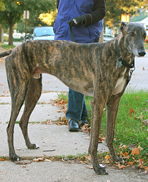
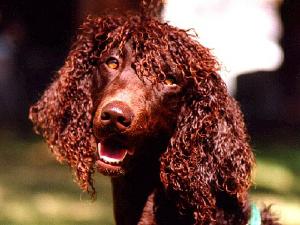 Irish Water Spaniel
Irish Water Sp
Irish Water Spaniel
Irish Water Sp
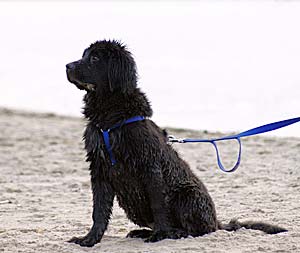 Newfoundland
Newfoundland
Newfoundland
Newfoundland
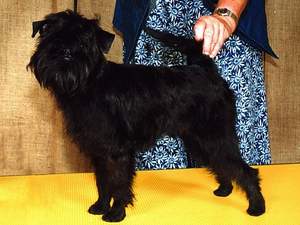 Affenpinscher
Affenpinscher
Affenpinscher
Affenpinscher
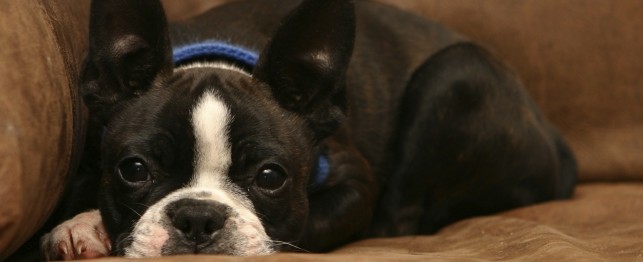 Born in the USA - American Dog Breeds
Born in the USA - American Dog Breeds
Born in the USA - American Dog Breeds
Born in the USA - American Dog Breeds
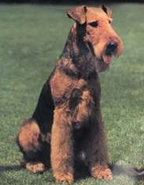 Airedale Terriers: A guide to dogs and puppies of the Airedale Terrier breed
The Airedale Terrier!
The Airedale is the largest in the te
Airedale Terriers: A guide to dogs and puppies of the Airedale Terrier breed
The Airedale Terrier!
The Airedale is the largest in the te
Copyright © 2005-2016 Pet Information All Rights Reserved
Contact us: www162date@outlook.com